The golden age of American luxury car styling, spanning from the late 1940s to the early 1970s, was marked by a bold and innovative approach to automotive design. This era saw the emergence of iconic vehicles that not only defined luxury but also captured the imagination of the nation. From sweeping tailfins to lavish interiors, American luxury cars of this period were a testament to the optimism and ingenuity of the time.
The Rise of the Tailfin Era
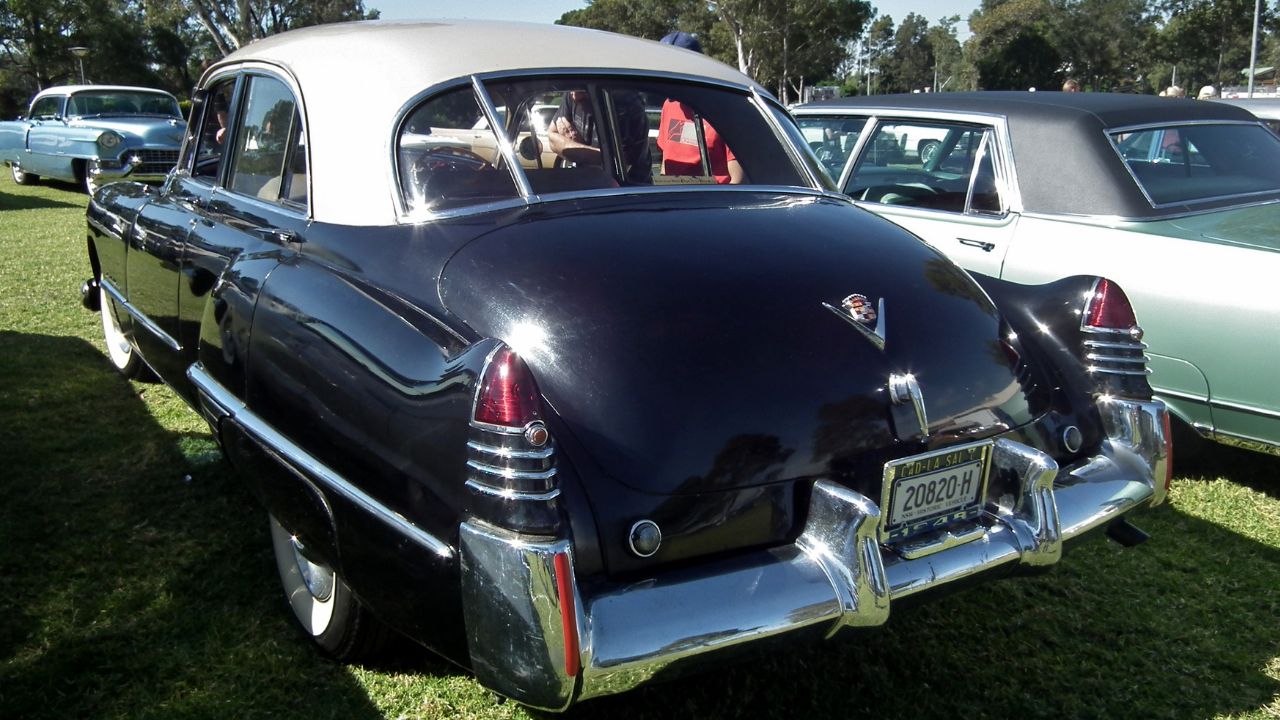
The post-war years ushered in an era where automotive and aerospace designs intersected, leading to the distinctive tailfin craze of the 1950s. Inspired by the burgeoning aerospace industry, car manufacturers began to incorporate sleek, aerodynamic lines into their designs, culminating in the iconic tailfins. These features not only enhanced the visual appeal of vehicles but also symbolized the era’s fascination with space exploration and technological progress.
Among the standout models of this period were the Cadillac Eldorado and the Chrysler Imperial. The 1959 Cadillac Eldorado, in particular, became synonymous with the tailfin trend, boasting extravagant fins that epitomized American confidence and prosperity. Similarly, the Chrysler Imperial showcased the elegance and sophistication associated with luxury vehicles, ensuring its place as a staple of the golden age. These cars were more than just modes of transportation; they were statements of American ambition and innovation.
The tailfin era’s cultural impact extended beyond the automotive industry, influencing everything from fashion to architecture. Tailfins became a symbol of American prosperity and technological advancement, embodying the spirit of a nation looking toward the future. As a result, these vehicles captured the public’s imagination and left an indelible mark on the history of automotive design.
The Birth of the Personal Luxury Coupe
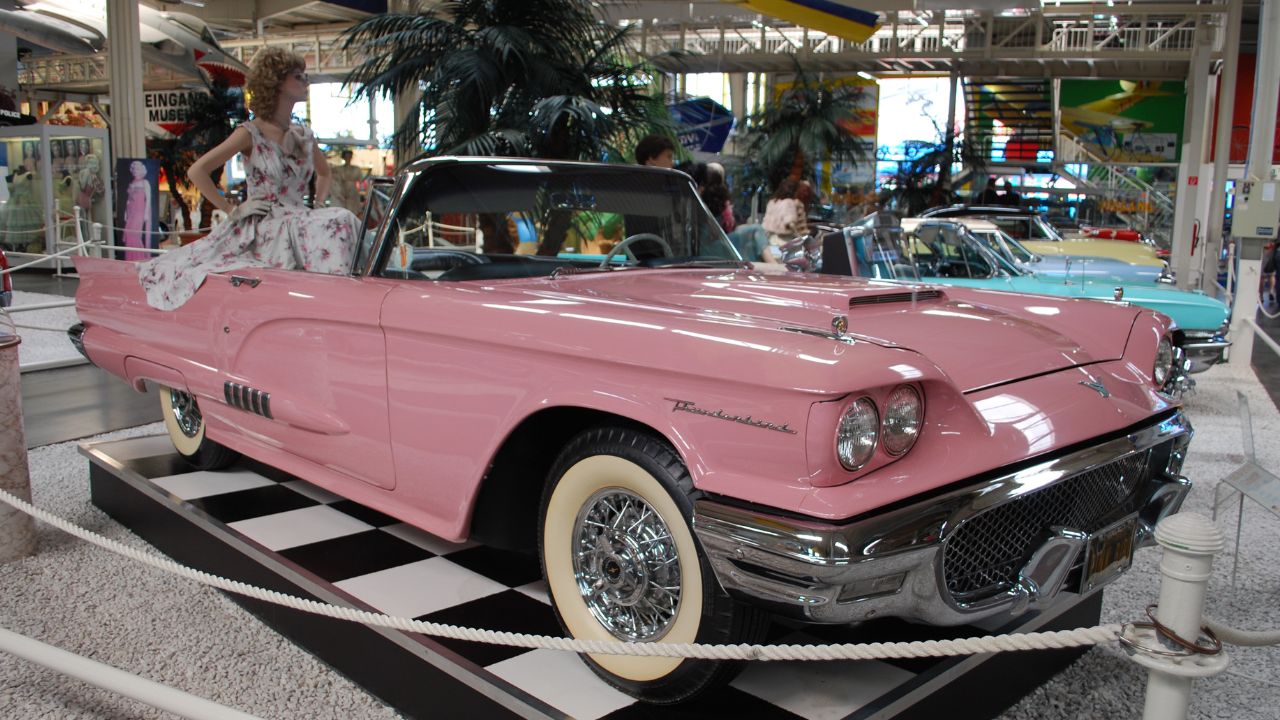
As the 1960s dawned, the automotive landscape witnessed the emergence of a new segment: the personal luxury coupe. This category redefined luxury by focusing on style, comfort, and individuality, catering to affluent consumers seeking a unique driving experience. The personal luxury coupe was characterized by its sleek design, powerful engines, and opulent interiors, setting new standards for what luxury cars could offer.
Notable examples of this trend include the Ford Thunderbird and the Buick Riviera. The Thunderbird, introduced in 1955, evolved over time to embrace the personal luxury concept, offering features such as power seats and air conditioning. Meanwhile, the Buick Riviera, launched in 1963, combined performance with luxury, boasting a distinctive design that appealed to style-conscious buyers. These vehicles were not just cars; they were expressions of personal taste and sophistication.
The personal luxury coupe segment’s success lay in its ability to blend performance with luxury, offering a driving experience that was both exhilarating and refined. This approach resonated with consumers seeking a car that reflected their individuality without compromising on comfort or elegance. In doing so, it paved the way for future innovations in luxury car design.
The Role of Innovative Designers
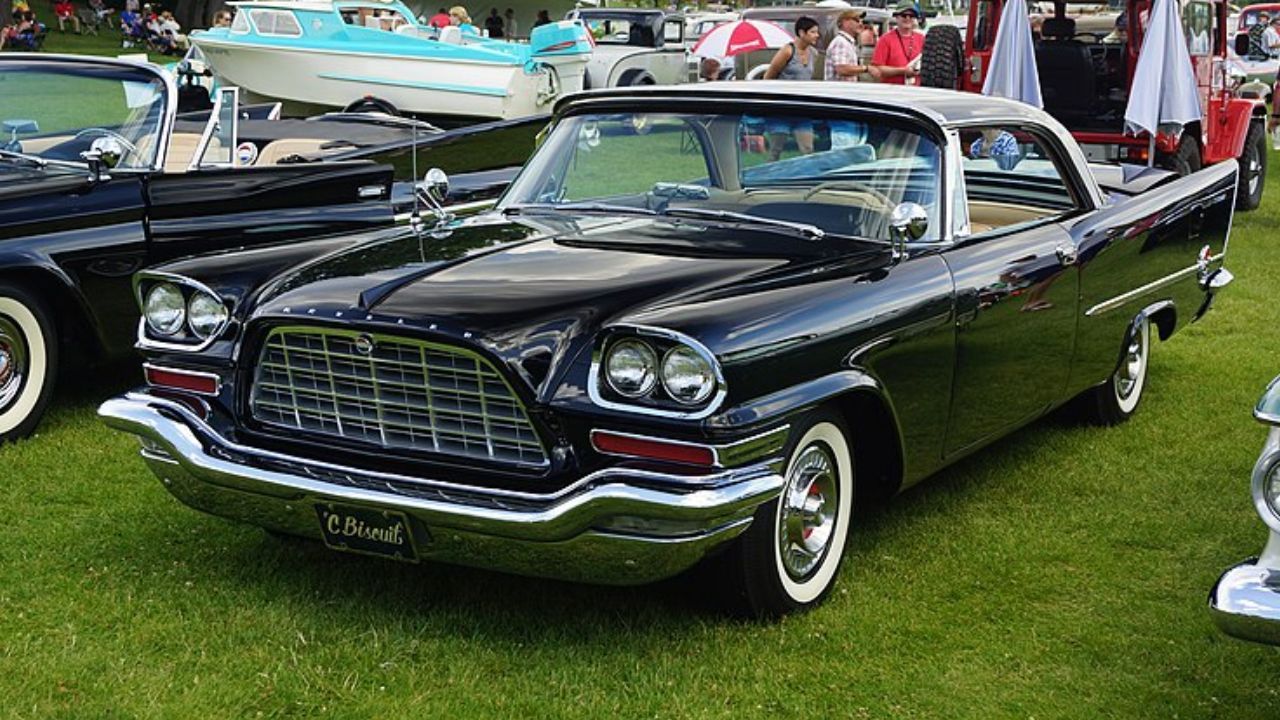
The golden age of American luxury car styling owes much to the visionary designers who pushed the boundaries of automotive design. Figures like Harley Earl and Virgil Exner played pivotal roles in shaping the aesthetic direction of this era, introducing groundbreaking concepts that would influence generations of designers.
Harley Earl, known for his work at General Motors, was instrumental in popularizing the tailfin design and introducing the concept car, which allowed manufacturers to experiment with new ideas before committing to production. His legacy includes iconic models such as the Corvette and the Buick Y-Job, the latter being widely regarded as the first concept car.
Virgil Exner, on the other hand, brought a fresh perspective to Chrysler, with designs that emphasized boldness and innovation. His “Forward Look” design philosophy revolutionized the company’s lineup, resulting in vehicles like the 1957 Chrysler 300C, which combined power and luxury in a way that captivated consumers. The contributions of these designers continue to influence the automotive industry, demonstrating the enduring power of creativity and vision.
Technological Advancements and Luxury Features
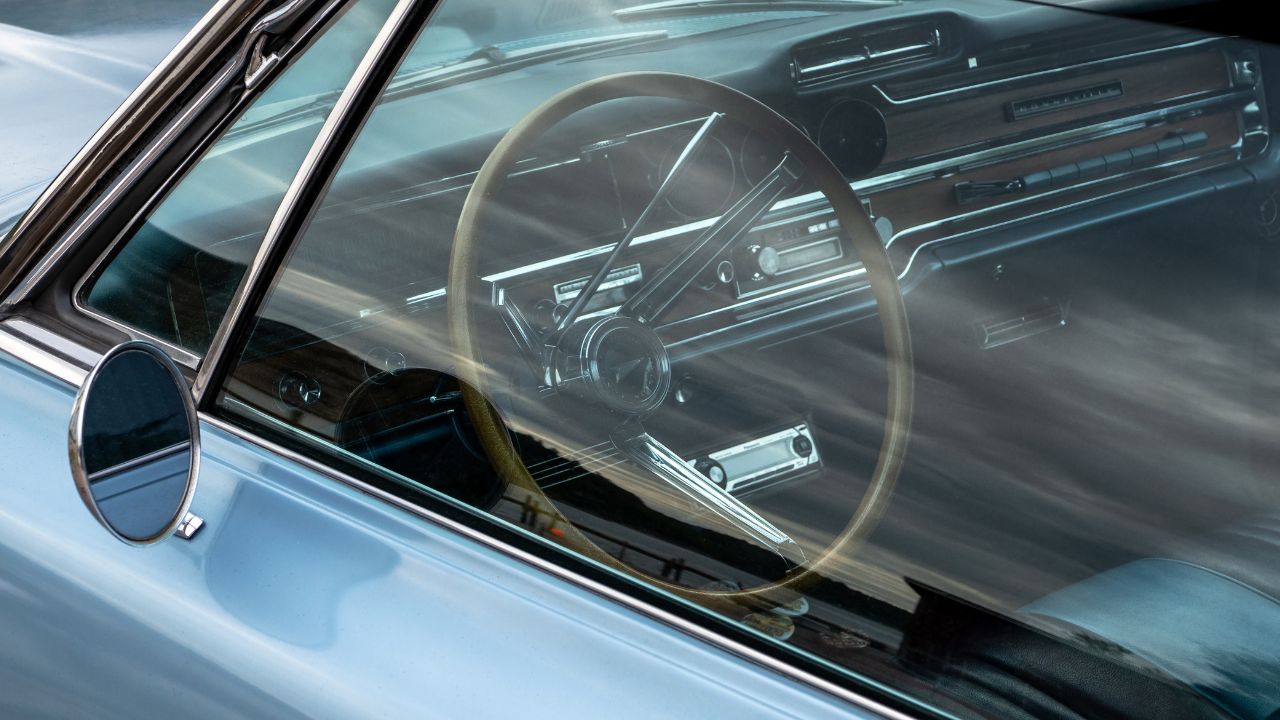
The golden age of American luxury cars was also marked by significant technological advancements, which played a crucial role in enhancing the driving experience. With the integration of features like power windows, air conditioning, and advanced sound systems, luxury cars set new standards for comfort and convenience, appealing to consumers eager to embrace modernity.
These innovations were more than just novelties; they represented the cutting edge of automotive technology. Power windows, for example, eliminated the need for manual cranking, while air conditioning provided a level of comfort previously reserved for the elite. Additionally, advanced sound systems, such as those developed by Delco, offered an immersive audio experience, transforming the car interior into a personal concert hall.
By showcasing the latest technological advancements, American luxury cars of this era not only met but exceeded consumer expectations, setting a benchmark for future developments in the industry. These features became synonymous with luxury, reinforcing the idea that owning such a vehicle was a statement of success and sophistication.
Decline and Legacy of the Golden Age
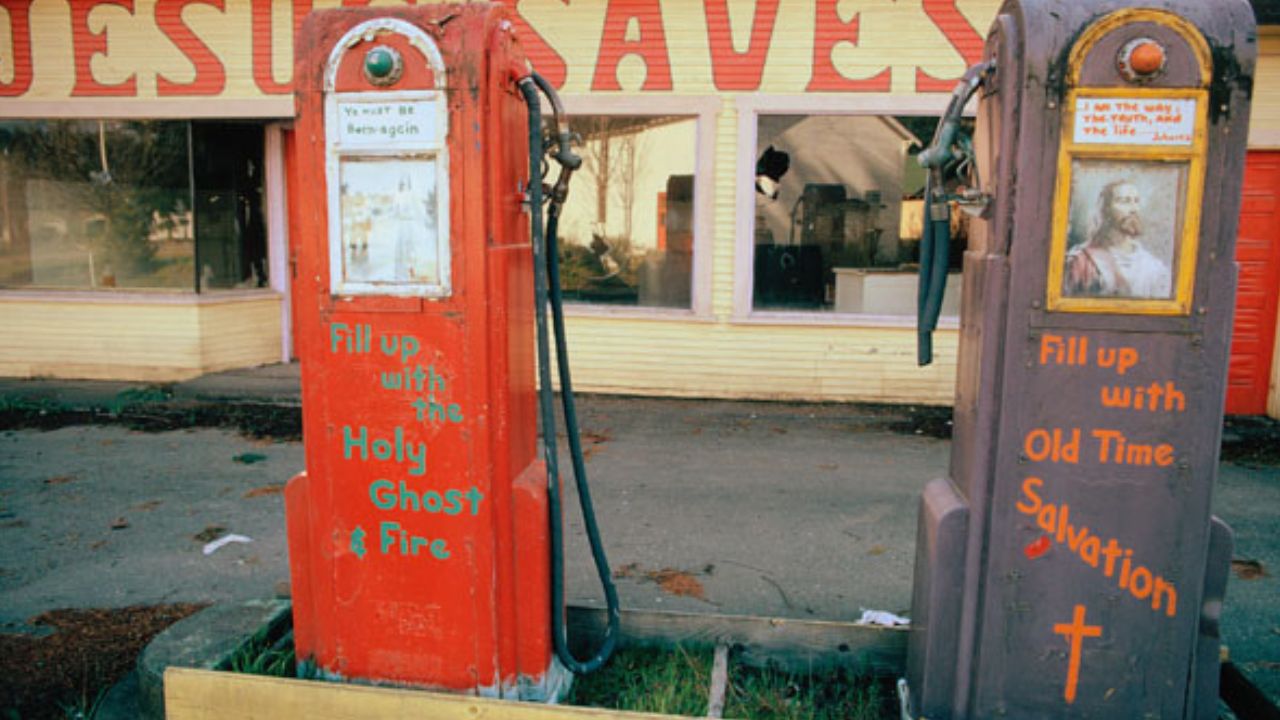
Despite the many triumphs of the golden age, the era eventually came to an end due to a combination of economic challenges and changing consumer preferences. The oil crisis of the 1970s, along with increased competition from foreign manufacturers, led to a shift in demand towards more fuel-efficient and compact vehicles. As a result, the extravagant designs and features that had once defined American luxury cars began to fall out of favor.
However, the legacy of this golden age continues to inspire modern luxury car styling. Elements such as bold design, attention to detail, and the seamless integration of technology remain central to the luxury car market today. Many contemporary designers look back to this era for inspiration, drawing on its creativity and optimism to shape the future of automotive design.
Classic American luxury cars from this period continue to hold a special place in the hearts of enthusiasts and collectors alike. These vehicles are cherished not only for their historical significance but also for their enduring appeal as symbols of a bygone era of elegance and excess. As such, they serve as a reminder of a time when automotive design was driven by imagination and innovation, leaving a lasting imprint on the industry and the culture at large.
Like Fast Lane Only’s content? Be sure to follow us.
Here’s more from us:
*Created with AI assistance and editor review.

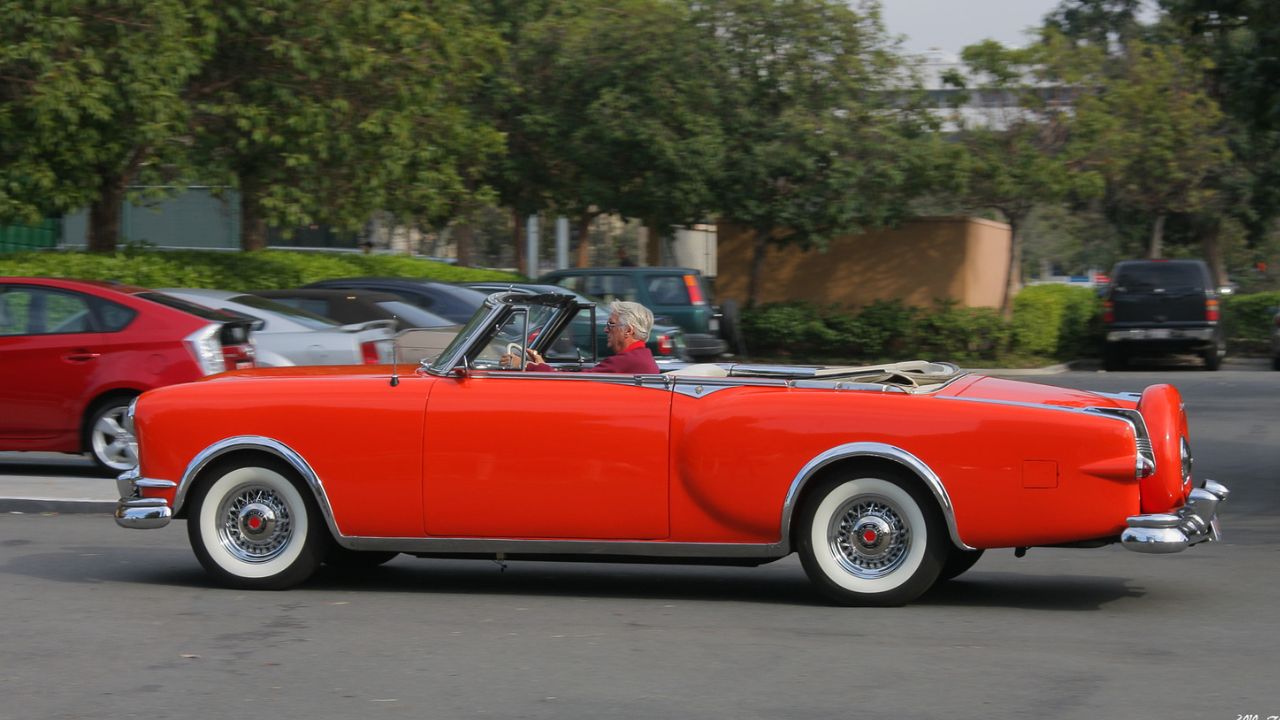
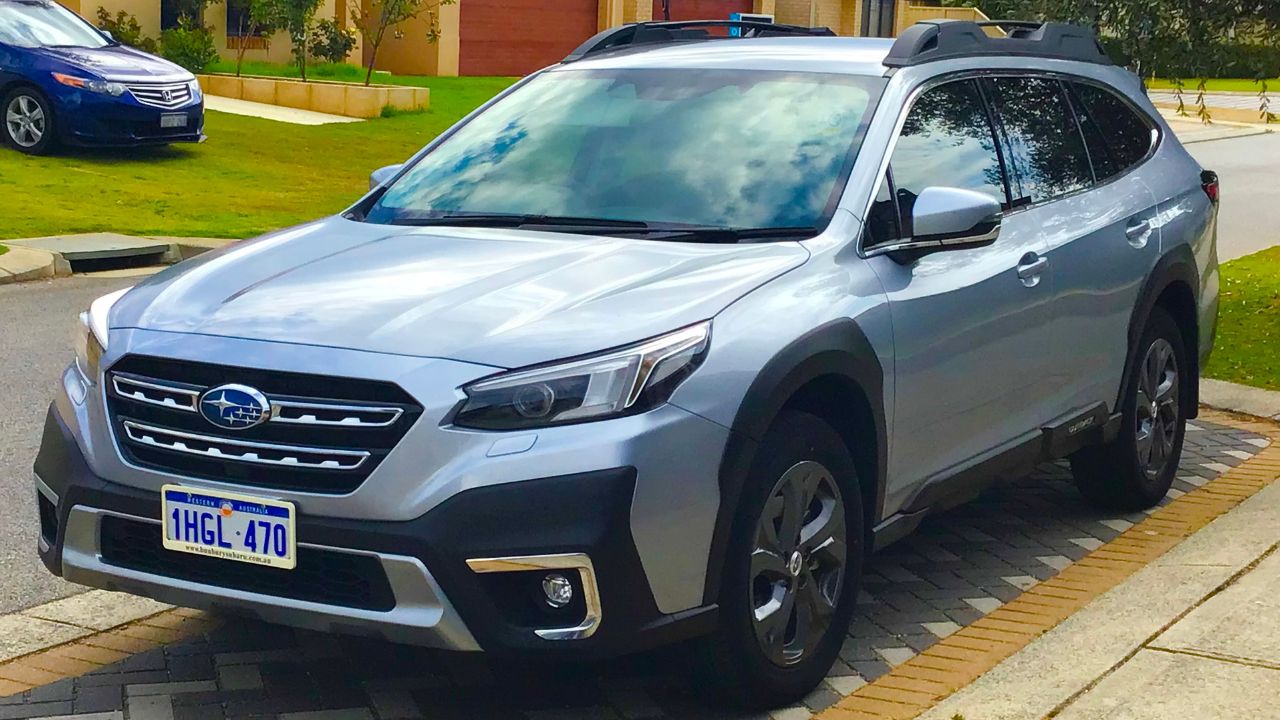


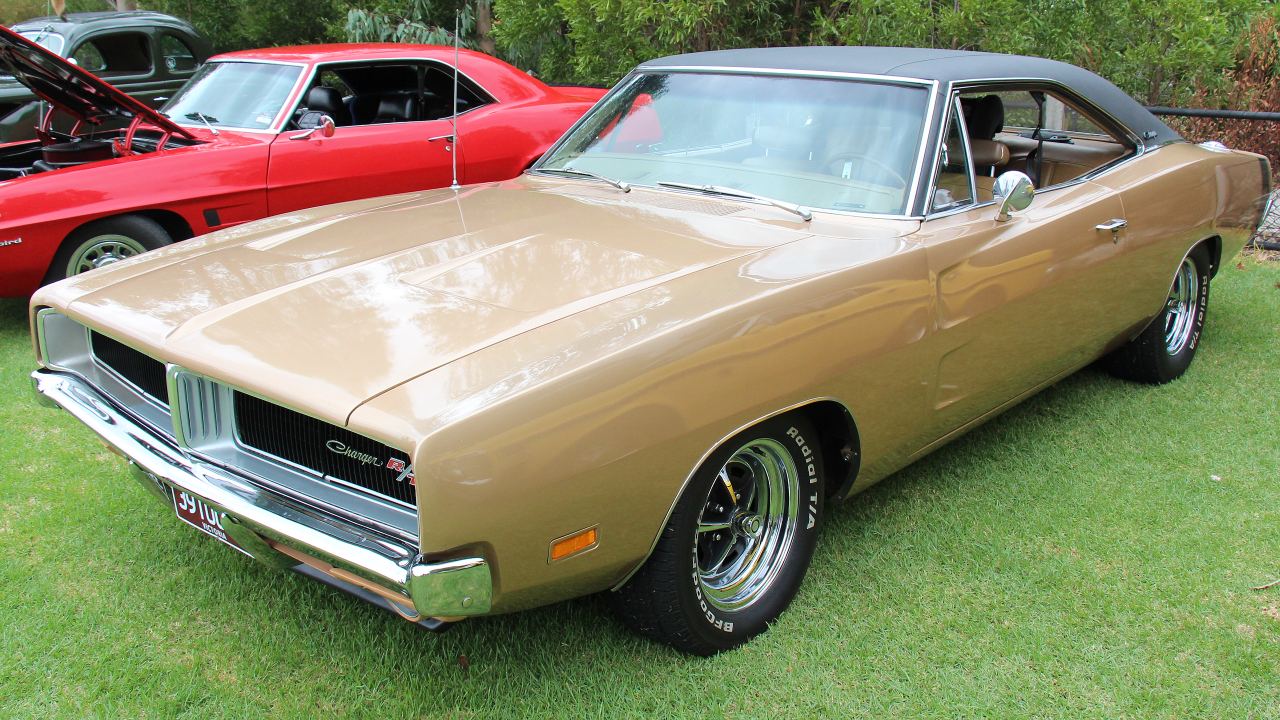
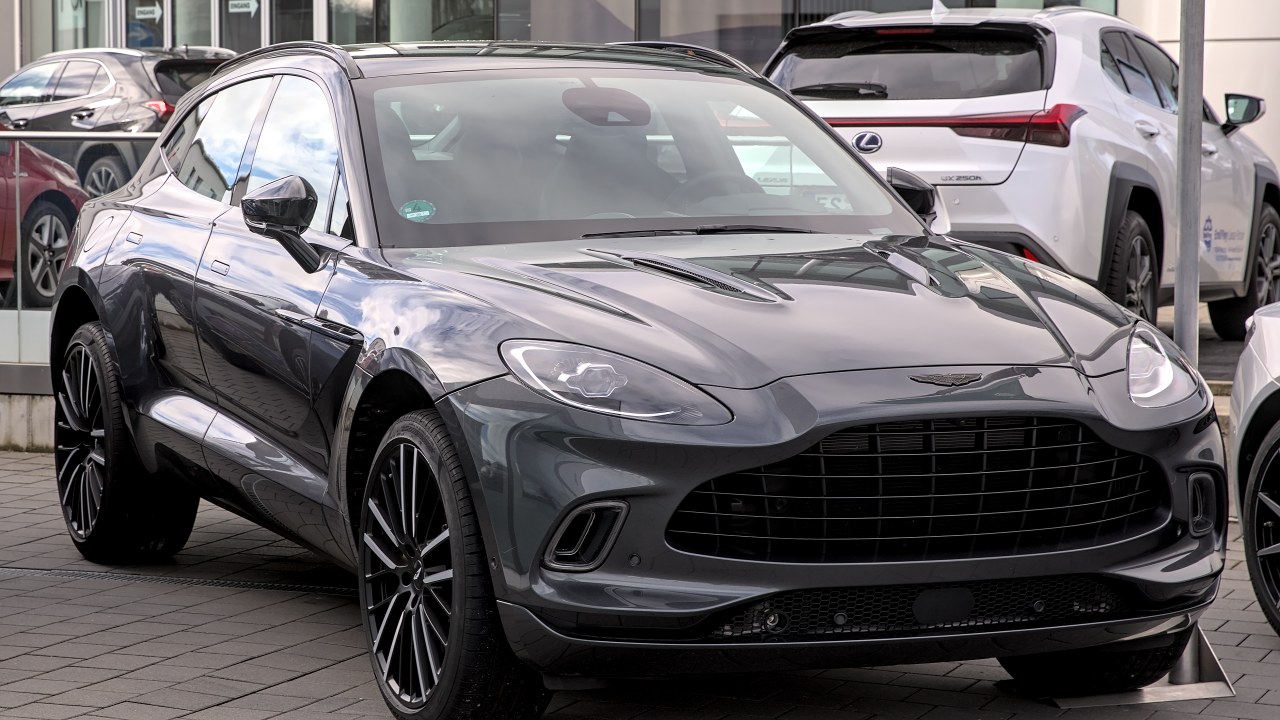
Leave a Reply